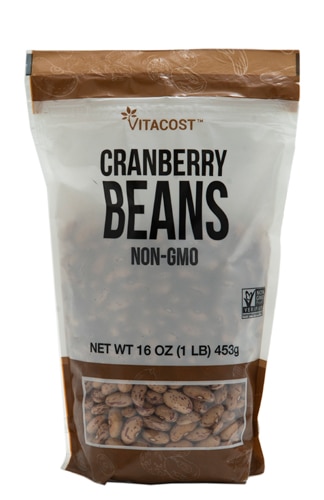As any fan of fairy tales knows, Jack had pretty good fortune when it came to “magic” beans. But if you’re seeking a “magic” bean for your diet, don’t expect a “Jack and the Beanstalk” experience. Experts say there’s no one bean that magically fulfills your nutritional needs.
“I would shy away from saying one bean is better than the rest, because it is important for us to have a varied diet so we can experience the multitude of benefits that beans provide,” says nutritional therapist and health coach Darshi Shah, author of “R.I.G.H.T. Diet for Autoimmunity.”
Nonetheless, Shah and other experts serve up a menu of beans — and by beans, we mean legumes, not jellybeans — that are smart nutritional choices.
Chiropractic doctor Scott Michael Schreiber, a certified nutrition specialist, singles out adzuki beans for their high levels of protein (nearly 18 grams), potassium (1,224 grams) and fiber (17 grams) per serving.
On his website, natural medicine specialist Dr. Andrew Weil describes adzukis as small red beans that originated in China and are staples of macrobiotic diets. Quite often, the beans are boiled with sugar and mashed into a sweet paste used as a filling in many popular Asian deserts, according to Weil’s website.
Other high-nutrition beans touted by Schreiber are:
- Cranberry (almost 17 grams of protein and 18 grams of fiber per serving).
- Pinto beans, navy beans, black beans and chickpeas, all with about 15 grams of protein per serving. In addition, black beans boast 15 grams of fiber per serving.
- Great Northern beans (about 120 milligrams of calcium per serving).
Shah, who’s a vegetarian, adds red lentils to the great-bean list. Unlike GMO-prevalent soybeans and peanuts, red lentils are a safe and tasty option among high-protein beans, she says. Every 100-gram serving of red lentils contains 26 grams of protein, Shah says, as well as loads of dietary fiber, B vitamins and minerals.
“If sprouted, red lentils may contain all essential amino acids. Otherwise, they need to be eaten with a grain so the body can create all the necessary amino acids,” Shah says.
While Rene Ficek, lead dietitian nutritionist at meal delivery service Seattle Sutton’s Healthy Eating, emphasizes that all beans are high in soluble fiber, low in fat, absent of cholesterol, crammed with complex carbohydrates and chock-full of protein, she cautions that not all beans are created equal.
Although all beans are naturally low in sodium, Ficek says, some canned beans pack 140 to 500 milligrams of sodium per half-cup serving. If you’re consuming canned beans, she recommends rinsing them thoroughly with cold water to wash away much of the salt; some salt will remain, however, as it’s already been cooked into the beans. To avoid the sodium situation entirely, Ficek suggests soaking and cooking dried beans.
“If you’re new to cooking dried beans,” she says, “introduce them into your diet in small amounts until you build a higher tolerance.”
Not everyone is on the bean bandwagon like Ficek is, though.
Holistic nutritionist and naturopathic doctor Christina Major argues that just half an ounce of chicken and an apple offer more nutritional value, including protein, than a pound of any beans. She also points out that beans contain high amounts of oxalic and phytic acids, which can inhibit the absorption of nutrients. Among Paleo devotees, these acids are derided as “anti-nutrients.”
“Actually, there are no beans that are truly healthy,” Major says. “They provide unhealthy levels of starches and sugars, and the proteins are not balanced for humans.”
Registered dietitian Christen Cupples Cooper doesn’t buy into that bean-bashing stance. In terms of the role of beans in nutrition, “you can’t go wrong,” she says.
“Every type of bean, from black to Great Northern, is nutritionally nuclear — in a good way,” Cooper says.




